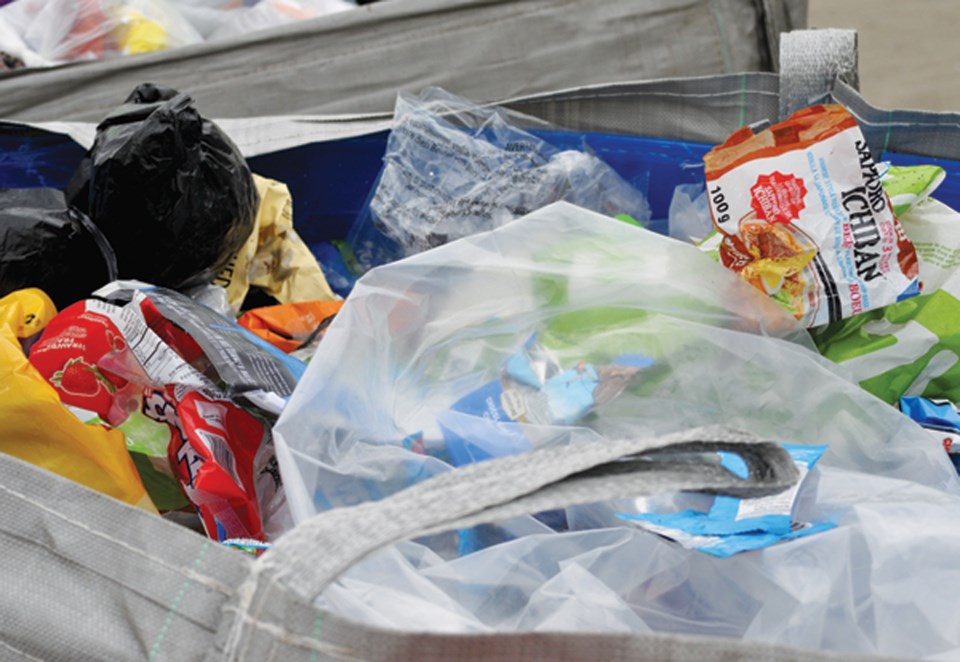Back in the 1960s, Dustin Hoffman's character in The Graduate was told the future could be summed up in one word: “plastics.”
Unfortunately for the planet, that advice has proved accurate over the intervening 50-odd years.
Plastics are convenient and cheap. But they come with a whole heap of trouble – trouble that has to be hauled off our beaches, or persists in the environment, leaching harmful chemicals, presenting hazards to marine life or breaking down into even more insidious microplastics.
The government’s reannouncement on Monday (June 20) of its plan to ban several single-use plastics is a step in the right direction.
The Canadian public and retailers have already been turning in that direction. It’s normal to bring reusable bags to the grocery store, and rare is the sight of a plastic straw these days.
Admittedly, the pandemic set us back. Seemingly overnight, reusable containers were shunned lest they prove vectors of the virus. And guess what goes into all those surgical masks that became one of the most ubiquitous sources of litter in the past two years? Plastics.
The ban on single-use plastics is a way for Canada to signal its environmental commitment. In practical terms, however, it may have less impact than we hope. Most of the plastic in the world’s oceans comes through 10 river systems in the developing world. Abandoned fishing gear makes up a significant portion.
In Canada, the packaging sector still makes up the largest user of plastics. We have yet to see any serious movement on addressing that, as a quick glance around most retail stores will reveal.
The ban on some single-use plastics is a good move. It’s also a small step on a much longer road.




